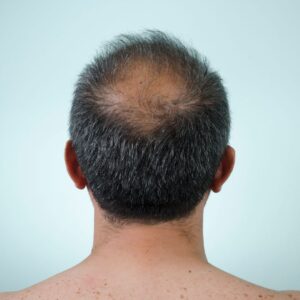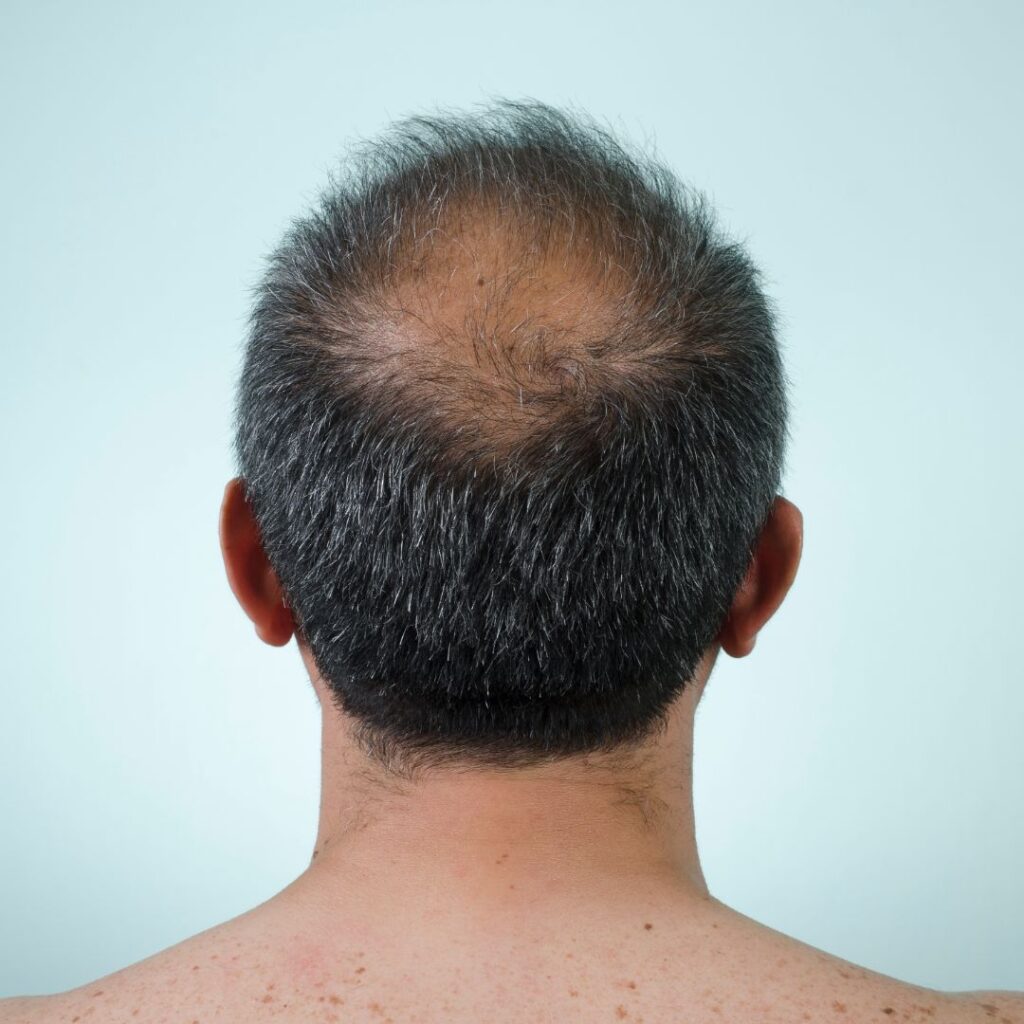
Dr. Barrera has been helping patients with hair loss for a couple decades. Advancements in technology have really been a game changer in this area. For patients with balding, Dr. Barrera uses hair transplantation involving the use of very small grafts, taking hair from the back of the scalp and moving it to the balding areas on top. The procedure returns normal hair growth to these areas.
Moving the hair follicles
Follicular unit extraction has changed hair restoration forever. Rather than relying on prescription drugs or topical applications to hope to stimulate resting hair follicles to return to growth phase, this process simply moves healthy follicles from where they aren’t needed to where they are.
Dr. Barrera doesn’t transfer follicles one by one from the back of the scalp. Instead, he takes a strip and then separates that strip into micrografts of 1-2 hair follicles and minigrafts of 3-4 hair follicles. In a session, Dr. Barrera will take anywhere from 1000 to 2800 micro and minigrafts in a session. These are then transplanted in the balding areas.
Each graft contains up to four hairs. Dr. Barrera uses the 1-2 hair follicular unit grafts at the front hairline. Behind that line, he uses follicular unit grafts with from 1-4 hairs in each.
How does this method compare to follicular unit extraction?
Dr. Barrera feels that this method of breaking down a strip of donor hair into minigrafts and micrografts is superior to follicular unit extraction (FUE). In FUE, individual hair follicles are taken from the donor area one by one. This results in a high degree of wasted hairs that do not successfully take in the transplanted areas.
Patients worry about the horizontal donor strip incision scar. But Dr. Barrera uses a meticulous plastic surgery technique to take the strip and to close the incision — he uses trichophytic closure without any tension on the incision — that results in a minimal donor site scar that is easily covered by the surrounding hair.
Do you have signs of male pattern hair loss? Call Dr. Barrera at (713) 468-5200 and schedule a consultation for hair transplantation.

